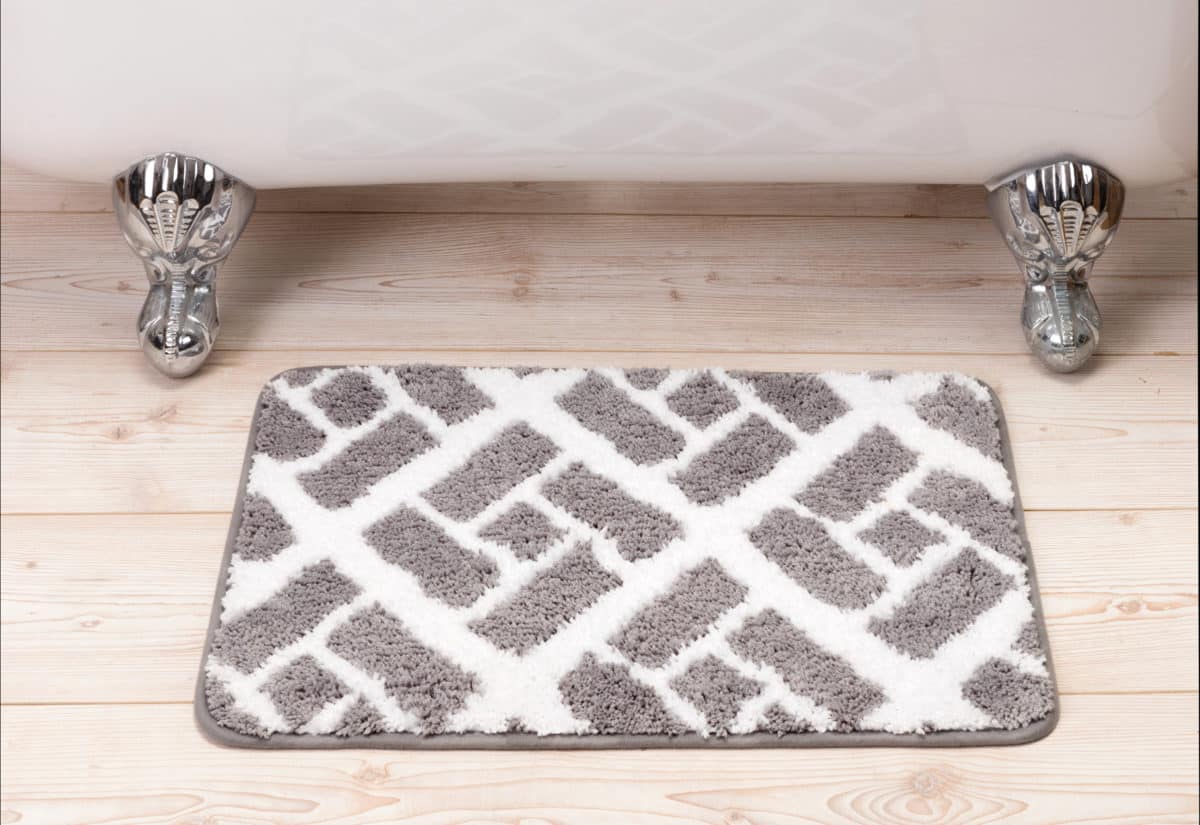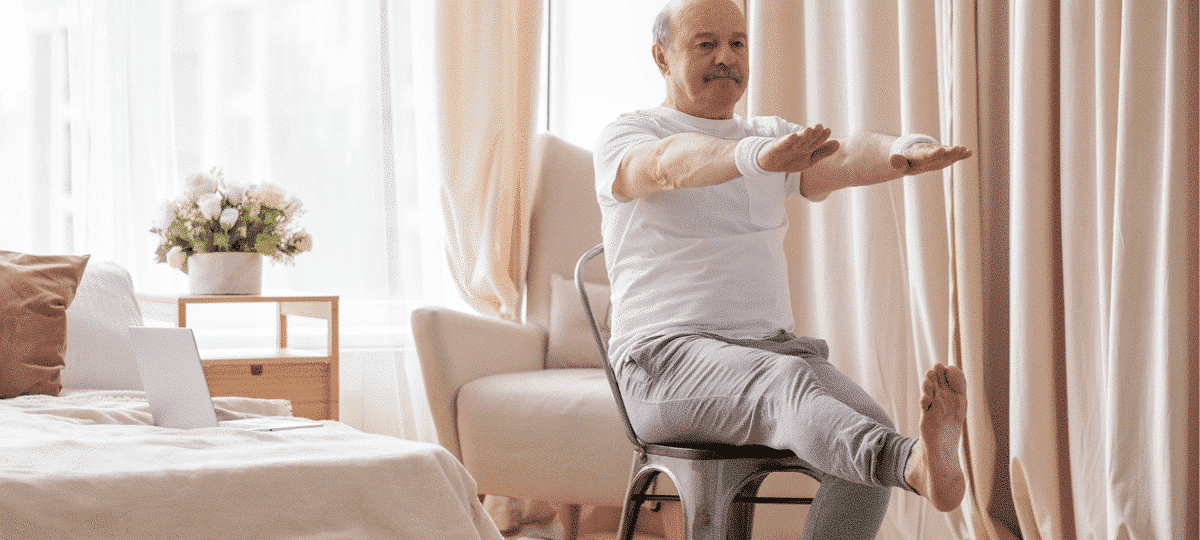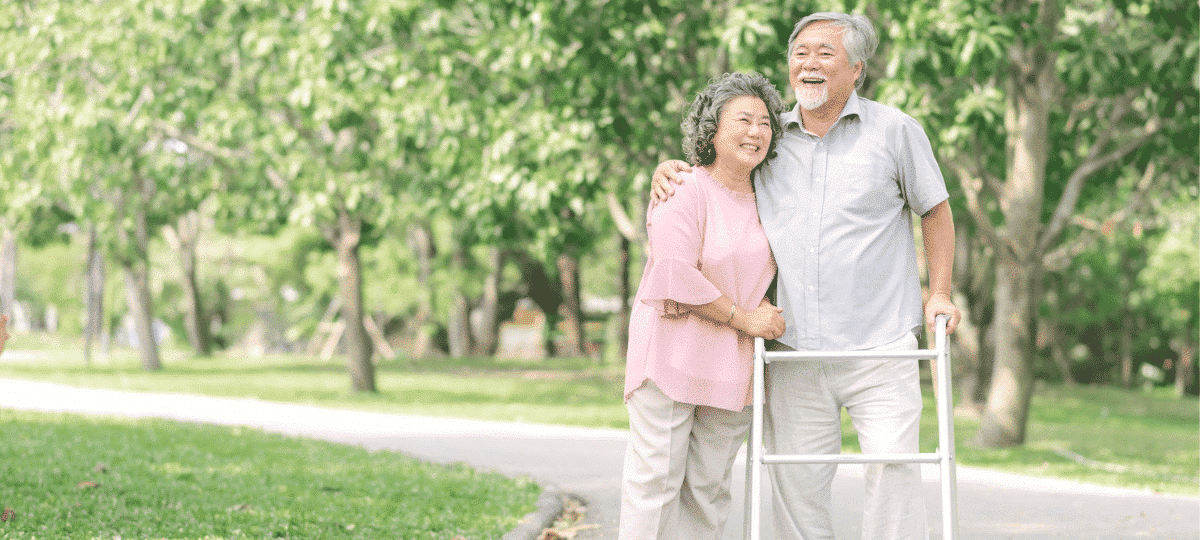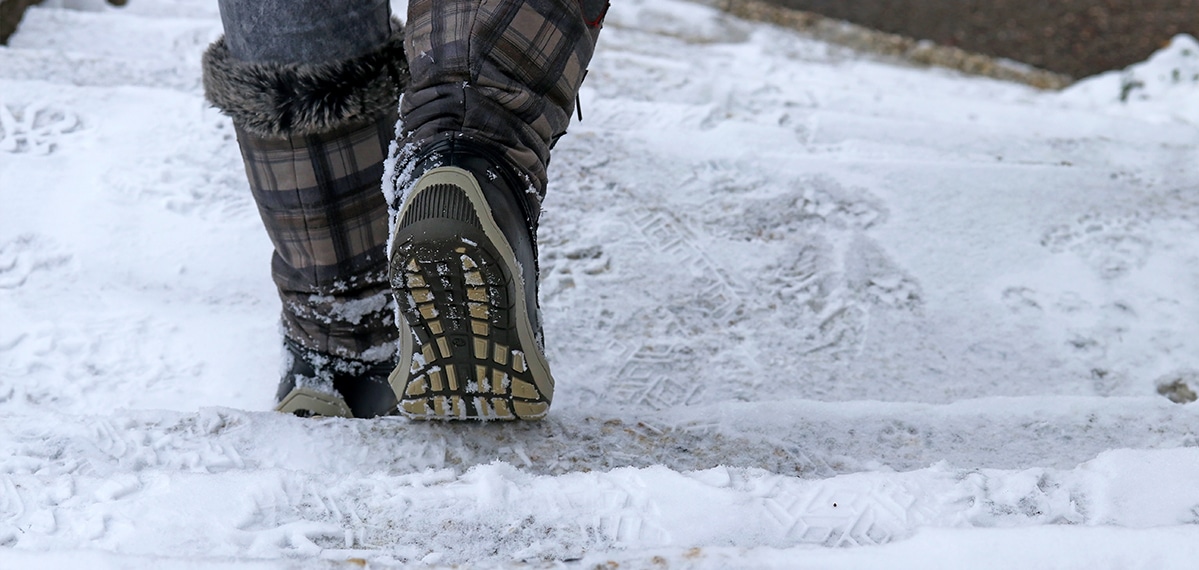The bathroom should be your sanctuary, not a hazard zone. The tub is tantalizing, and the lavender bath salts soothing. But unfortunately, the bathroom is the number-one site for falls among seniors.
According to the National Institute on Aging (NIA), more than one in three seniors over the age of 65 falls each year–and 80 percent of those falls occur in the bathroom. Even navigating your way to the bathroom can be rife with fall hazards. Experts at the Centers for Disease Control (CDC) say reasons for bathroom-related falls range from poor lighting and lack of bathroom grab bars to poor eyesight and lower body weakness.
But there are other hidden culprits. A fancy frameless shower door may have a slight gap. Ibuprofen one takes for a headache is linked to dizziness in some people.
Here are 10 key ways to bolster your bathroom with safety measures, according to experts at the CDC and NIA:
Make Your Bathroom a Safe Zone
Make these simple modifications to increase your safety in the bathroom:
- Put non-slip adhesive strips on the bathtub and shower floor. Also, consider putting them right outside of the shower and bathtub, and in front of the sink and toilet. For the bathtub, you can use a rubber mat on the bottom instead of the adhesive strips.
- Install grab bars in the shower and bath and next to the toilet. Grab bars should be vertical and horizontal; diagonal bars can lead to hands slipping off. Grab bars should be long and wide for easy grasping and have a non-slippery grip.
- Purchase a shower seat with a rigid seat and back as well as rubber tips on the feet. Install a hand-held showerhead in both the shower and the tub.
- Purchase a transfer bench for the tub. This seat extends over the tub’s side so that users can sit on it and slide into the tub.
- Purchase a foam rubber faucet cover (often used for small children) for the tub spout, in case you do fall.
- Purchase non-slip bath mats and remove all area rugs.
If your budget allows, install a shower seat in both the shower and tub. One caveat: If doing a bathroom refurbish, be careful about installing frameless shower doors—make sure your contractor leaves no gaps in them that can lead to leaks on the floor.
Additional Bathroom Safety Tips
- Do a water temperature check. Set the water heater at 120°F. A scalding hazard is also a fall hazard.
- Raise your toilet seat. Purchase a toilet safety frame or raised seat to raise the seat by three to six inches.
- Do a lighting check. Be sure all light switches are easily accessible. Add more lights or brighter light bulbs to light the way to the bathroom. Consider adding motion lighting to the bathroom.
- Wear your glasses to the bathroom at night: Poor eyesight is a fall risk factor. Be sure to update your prescription at least once a year. Keep your glasses at the bedside for night bathroom trips.
- Do a medication check. Certain medicines, like antidepressants and sedatives, can cause dizziness and of course drowsiness. So can over-the-counter medicines like ibuprofen. Ask your doctor to do a full medication check to see if any of your meds are tied to fall risk. Also, have your doctor check your Vitamin D status with a simple blood test. Adequate vitamin D intake, through a supplement, is one fall-prevention measure you can take.
- Wear slippers with a non-skid sole. Keep them bedside to reduce fumbling with your feet to find them. Be sure to wear your slippers into the bathroom, day and night.
- Limit your alcohol intake. The rate of hip fractures among seniors increases with alcohol use. Even a small amount can affect your balance and reflexes, so avoid or limit its use and don’t try to bathe after imbibing. The combination of warm water and alcohol can lead to greater dizziness.
- Stand up slowly. Getting up too quickly can cause your blood pressure to drop, causing you to feel wobbly. Have your doctor check your blood pressure when lying down and standing. And when you awaken at night, sit at your bedside a few moments until you feel steady and alert—then stand up.
- Be sure to wear your Medical Alert system in the shower or tub—the bracelet is water-proof, so you can relax knowing it works even when wet. One caveat: Don’t keep the bracelet submerged in the tub for longer than half an hour. The technology hasn’t been tested for prolonged submerging.
Also, get a Medical Alert system with a fall detection button. With this sensitive technology, the system can alert the dispatcher who can summon emergency help if you’ve fallen and can’t push your button. This is just one more prudent step in making your entire house the safety-charged haven it’s meant to be.




